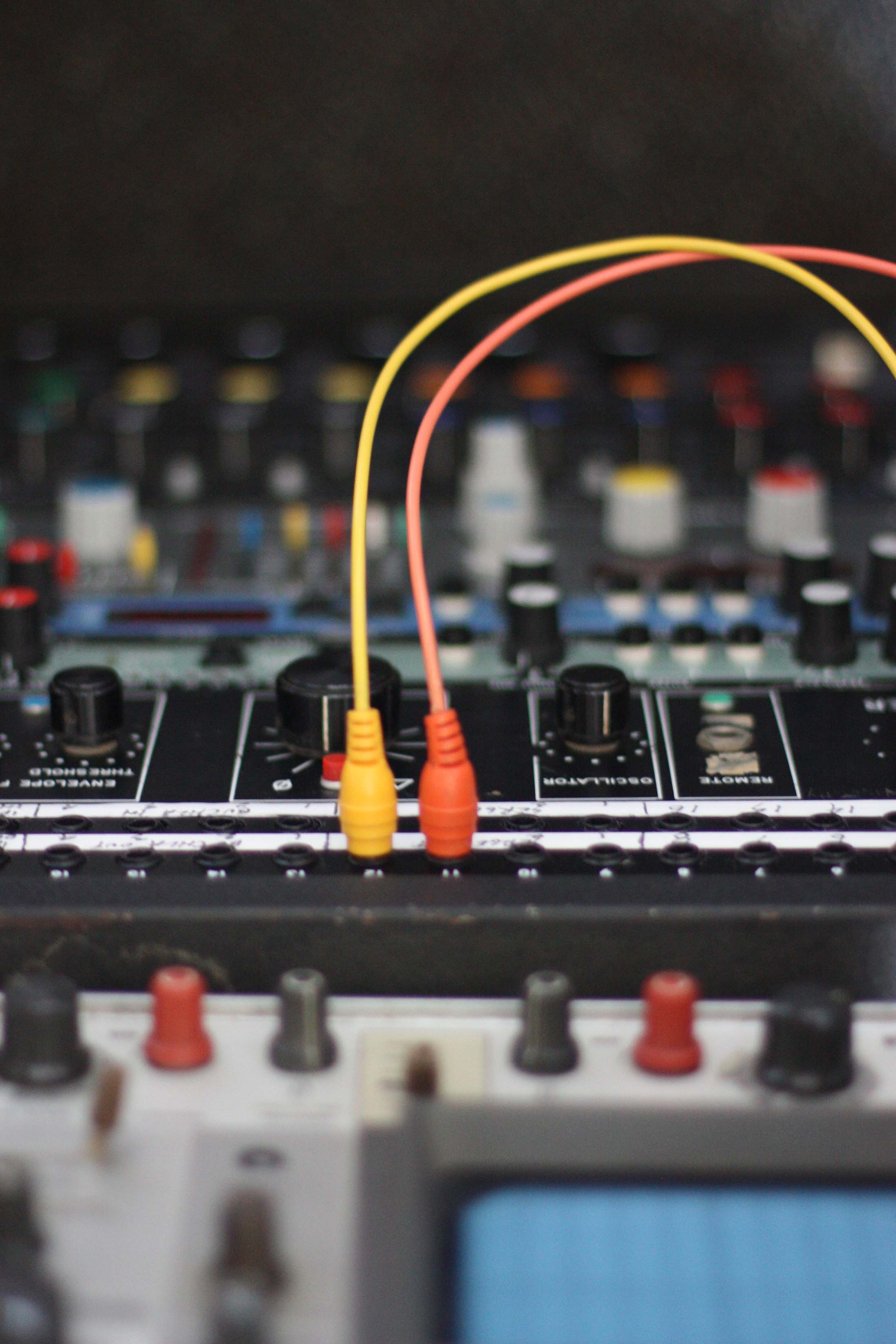In his introduction to The Audible Past, Jonathan Sterne explains the book’s concentration on an almost entirely elite, male, white, European/North American cast of characters as a natural corollary of the circumstances behind the historical development of sound recording technology. While this may (or may not) justify the exclusion from Sterne’s highly influential volume of those who fall outside of this privileged demographic, a glance at the body of work most commonly associated with Sound Studies suggests that regardless of perceived restrictions imposed by subject matter, the same Eurocentric omission continues to threaten the field.
As the papers by Ana Maria Ochoa (an Ethnomusicologist) and Charles Hirschkind (an Anthropologist) are the only two in the year-long Hearing Modernity series that explicitly investigate sonic phenomena in “non-Western” contexts (or at least those in which the United States lacks significant political interest), their pairing into a single session admittedly runs the risk of further marginalizing cross-cultural or postcolonial approaches within the field. Nevertheless, in the crucial reminder these papers present to the rest of the Sawyer Seminar speakers and to Sound Studies as a whole—that to “hear modernity” means necessarily not to hear certain sonic phenomena that have been violently stifled in its name—the gambit may yet pay off.
Aside from performing the vitally important work of foregrounding sound’s prominent role both within the colonial processes that have defined modernity and throughout the racially fraught debates over the identity of contemporary Europe, Hirschkind and Ochoa respectively offer elements critical to developing a postcolonial (or in Ochoa’s case, decolonial) study of sound: an account of how the Other can and does resist sonic subjugation, and a conceptual path forward for scholars hoping to avoid complicity.
Hirschkind’s paper concerns the relegation of Southern Spain’s Muslim heritage to the distant historical era of Al-Andalus, a nearly eight-hundred year period during which most of the Iberian Peninsula fell under Muslim rule. Even as the Alhambra—an overpowering architectural reminder of the area’s Islamic past—is exploited as a major tourist attraction, the national and local governments work fastidiously to edit Arabic elements out of the nation’s contemporary soundscape. This continues to occur through a range of discriminatory practices, from the policing of Muslim musicians at the Moroccan border to institutional funding decisions that privilege flamenco over Andalusian genres.
Crucially, however, the point of Hirschkind’s paper is arguably not merely to call attention to these cross-historical attempts at denying Arabic soundings a place within the modern European order, but to emphasize how these efforts are resisted (whether explicitly or not) by the activities of broad networks of Muslim artists in Spain. In their musical, linguistic, and religious sensibilities—often cultivated through cross-Mediterranean journeys that thwart contemporary attempts to barricade the historical routes between Spain, North Africa and the Middle East—the diverse biographical portraits presented in Hirschkind’s account reveal the presence of a vibrant Arabic Europe, (re)emerging in audible contradiction to those who try to rally the continent around a homogeneous Judeo-Christian identity.
In a similar vein, much of Ochoa’s multilayered contribution to the Hearing Modernity series is devoted to uncovering the means by which so-called “anthropotechnologies” were employed by nineteenth century Columbian elites to transform lower classes into what was considered to be a modern, civilized populace. In contrast to common notions of colonial Latin
America that emphasize the disciplinary power afforded to the written word, many of these “humanizing” techniques center around the voice—here, as Ochoa reveals, the systematic silencing of “undesirable” acoustic phenomena occurred through the often-elaborate processes of etymology, eloquence, and orthography.
While Hirschkind concentrates on the oppositional potential of subaltern sonic practices, however, Ochoa problematizes their analysis within traditional Western models that insist on interpreting indigenous ontologies through an imposed nature-culture binary. Accordingly, Ochoa finds inspiration in the “perspectival” anthropology espoused by Eduardo Viveiros de Castro—an approach committed to taking indigenous conceptualizations seriously on their own terms, rather than as mere “cultural” viewpoints of a given material reality. In doing so, Ochoa calls on us not only to include non-Western soundings within our scholarly purview, but to relinquish Eurocentric delusions of interpretative hegemony.
Ultimately, then, both as we accompany the field of Sound Studies into maturity and as we interact with our everyday soundscapes, Hirschkind and Ochoa demand that we reconsider modern sonic technologies in terms of their potential to enact, preserve, or overturn asymmetrical power structures. In doing so, these authors pose questions that are arguably crucial to steering the discipline towards interdisciplinary relevance: How have these familiar sonic technologies been utilized for the subjugation of (neo)colonial Others, and how do they continue to facilitate such projects? Conversely, how are they mobilized by oppressed communities to challenge their forced marginalization? Finally, on whose side does our scholarship place us?




Leave a Reply